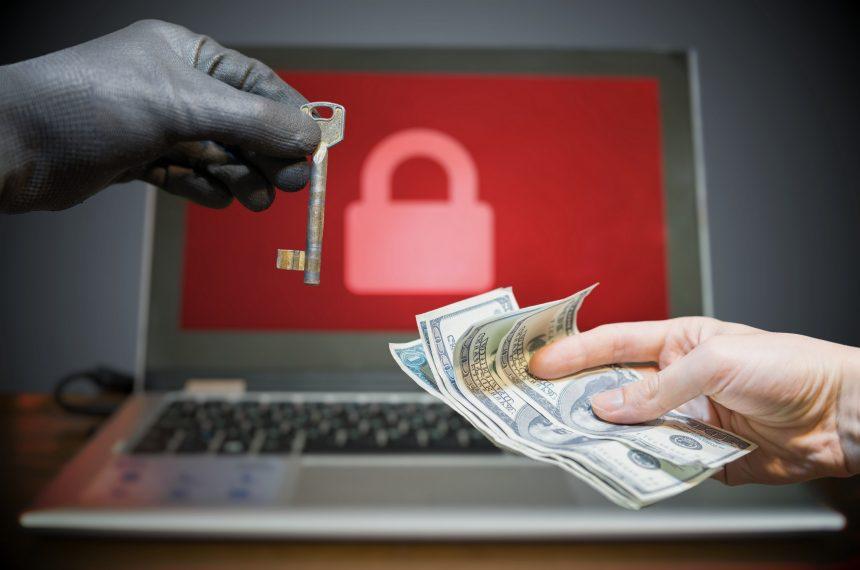In the ever-evolving landscape of cybersecurity, ransomware continues to pose a significant threat to individuals and organizations alike. Among the myriad of malicious software variants, one that has recently surfaced is the DoNex ransomware. This article delves into the intricacies of DoNex, exploring its actions, consequences, and providing a detailed removal guide to mitigate its impact.
Actions and Consequences of DoNex Ransomware
DoNex is a formidable ransomware variant designed to encrypt user data and extort victims for financial gain. Once a system is infected, DoNex appends a unique victim’s ID as an extension to filenames, effectively rendering files inaccessible. For example, a file named “1.jpg” becomes “1.jpg.f58A66B51” after encryption.
The ransom note left by DoNex is a chilling declaration of the attack, warning victims about the encryption of their data. It threatens to publish the encrypted data on a TOR website unless a ransom is paid. The note includes a link to download the Tor Browser for accessing the specified website, emphasizing the urgency of compliance.
Attempting to alleviate victim concerns, the note claims that the attackers are motivated solely by monetary gain and not by political objectives. DoNex promises to provide decryption tools upon payment, highlighting the importance of their reputation. To build trust, the note offers the option to decrypt one file for free as a demonstration of the decryption process.
However, victims are warned against paying the ransom, as there is no guarantee that the attackers will uphold their end of the bargain. Furthermore, paying a ransom only perpetuates the cycle of cybercrime.
Detection Names and Similar Threats
DoNex has been detected by various antivirus solutions under different names, including Avast (Win32:RansomX-gen [Ransom]), Combo Cleaner (Gen:Heur.Ransom.Imps.1), ESET-NOD32 (A Variant Of Win32/Agent.AEUZ), Kaspersky (HEUR:Trojan-Ransom.Win32.Generic), and Microsoft (Ransom:Win32/DarkTrace.MKV!MTB), among others.
Similar threats to DoNex include notorious ransomware variants like Reload, Zarik Locker, and Payuranson. Understanding these threats and their characteristics can contribute to a more robust defense against potential cyberattacks.
Removal Guide for DoNex Ransomware:
Removing DoNex from an infected system requires a meticulous and systematic approach. Follow these steps to eliminate the threat:
- Isolate Infected Systems:
Disconnect the infected system from the network to prevent the spread of the ransomware to other devices. - Identify and Terminate Malicious Processes:
Open the Task Manager and identify any suspicious processes associated with DoNex. Terminate these processes to halt the ransomware’s activity. - Delete Registry Entries:
Use the Registry Editor (regedit) to delete malicious registry entries created by DoNex. Exercise caution and back up the registry before making changes. - Remove Malicious Files:
Locate and delete all files associated with DoNex. These files are typically stored in temporary folders or directories chosen by the ransomware. - Restore Files from Backups:
If available, restore encrypted files from backups created before the infection occurred. Ensure that the backups are clean and free from any traces of the ransomware. - Update and Run Antivirus Software:
Update your antivirus software and perform a thorough scan of the entire system to detect and remove any remaining traces of DoNex.
Best Practices for Preventing Future Infections
- Exercise Caution with Emails:
Be vigilant when clicking links or downloading attachments from unsolicited emails. Avoid engaging with suspicious emails, especially those from unfamiliar sources. - Stick to Trustworthy Websites:
Only download software and files from official sources, avoiding peer-to-peer networks, third-party downloaders, and unofficial websites. - Regular Software Updates:
Ensure all software, including operating systems, is regularly updated to patch vulnerabilities and protect against exploitation by ransomware. - Secure Browsing Practices:
Avoid clicking on pop-up ads or links from dubious sources. Practice safe browsing to minimize the risk of inadvertently downloading malicious content. - Backup Data Regularly:
Consistently back up important data to an external, secure location. Regular backups enable the recovery of files without succumbing to ransom demands.
Conclusion
DoNex ransomware poses a significant threat to the integrity of data and the security of computer systems. Understanding its actions, consequences, and implementing a comprehensive removal guide are crucial steps in safeguarding against this and similar cyber threats. By adopting best practices for prevention and maintaining a proactive approach to cybersecurity, individuals and organizations can fortify their defenses against the ever-present danger of ransomware attacks.





